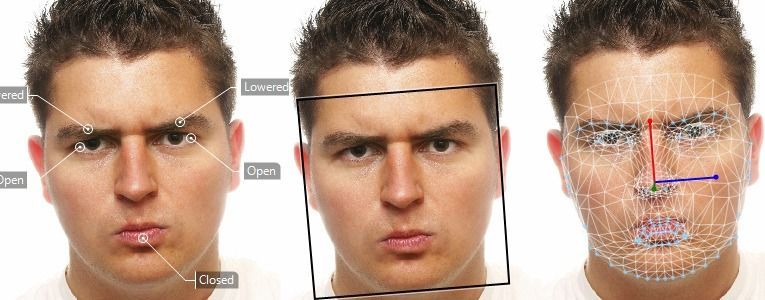World Cup success and emotions
Recent scientific research shows that emotional expressions like anger and happiness matter in being successful in the group phase of the soccer World Cup.
Posted by
Published on
Fri 15 Jun. 2018

Recent scientific research shows that emotional expressions like anger and happiness matter in being successful in the group phase of the soccer World Cup.
Researchers took collectible stickers of all players and automatically analyzed their facial expressions in order to get more insight into how emotions influence team performance.
FIFA Soccer World Cups
Researchers Astrid Hopfensitz and Cesar Mantilla from the University of Toulouse and Universidad del Rosario, Bogotá analyzed 4318 pictures of soccer players from 304 participating teams in 12 editions of the FIFA Soccer World Cup. They wanted to focus on the important role of emotions and expressions during high stakes team contests.
Collectible stickers
The players’ portraits that were used for this study were from collectible stickers that have been produced by Panini for every world cup since 1970. The researchers analyzed the individual players’ display of emotions in order to characterize a team’s overall emotional level. These stickers are ideal for this kind of study since the photos are generally high quality and taken from a frontal point of view.

Automatic face reading
Researchers used automated face-reading to evaluate the display of emotions in the players’ portraits and concluded that the display of both anger and happiness correlates with a team's performance in the World Cup.
Noldus' FaceReader software was used to automatically analyze the photos from 76 different squads. Here are some results you don’t want to miss:
- Teams whose players display more anger, an emotion associated with competitiveness, concede fewer goals.
- Teams whose players display more happiness, an emotion associated with confidence, score more goals.

Happy and angry faces over time
The researchers indicate that these results are in line with research done about the functional nature of emotions. When discussing the function of emotions, dominant behavior is often shown through angry faces, and confident behavior is seen in happy faces. According to the researchers, angry faces were particularly popular throughout the first half of their period of study (1970-2014).
Happiness was found more in the second half of the period of the study (1990-2014). Did you know that the ‘3 points for a win’ rule was introduced in 1994 at FIFA World Cup? It aimed to encourage more attacking and scoring.
What now?
By having read this blog post, you’ll now know that it’s all about emotions. Why not test your own angry or happy face? Are you playing defense or offense (midfielders can choose for themselves)? Check your own emotions here by uploading a picture.
Future research
Another important thing to mention is that this study concerned only male soccer players. The researchers explained that this was the case because the very first Panini World Cup soccer album for women was produced online in 2011. In addition, due to the links between testosterone, aggressiveness and anger, and differing norms concerning smiling and display of happiness for men and women, the researchers might expect different results for female players.
Let’s encourage the researchers to pick up this challenge, so we can report on that in another blog post!! Did you know that after six German victories in a row, the Dutch female soccer team became the European champion in 2017? That still puts a smile on my face.
Reference
Hopfensitz, A. ; Mantilla, C. (2018) Emotional expressions by sports teams: An analysis of World Cup soccer player portraits. Journal of Economic Psychology, https://doi.org/10.1016/j.joep.2018.04.008
Related Posts

Validation-study: Basic emotions and Action Units detection

8 reasons why FaceReader outperforms OpenFace

